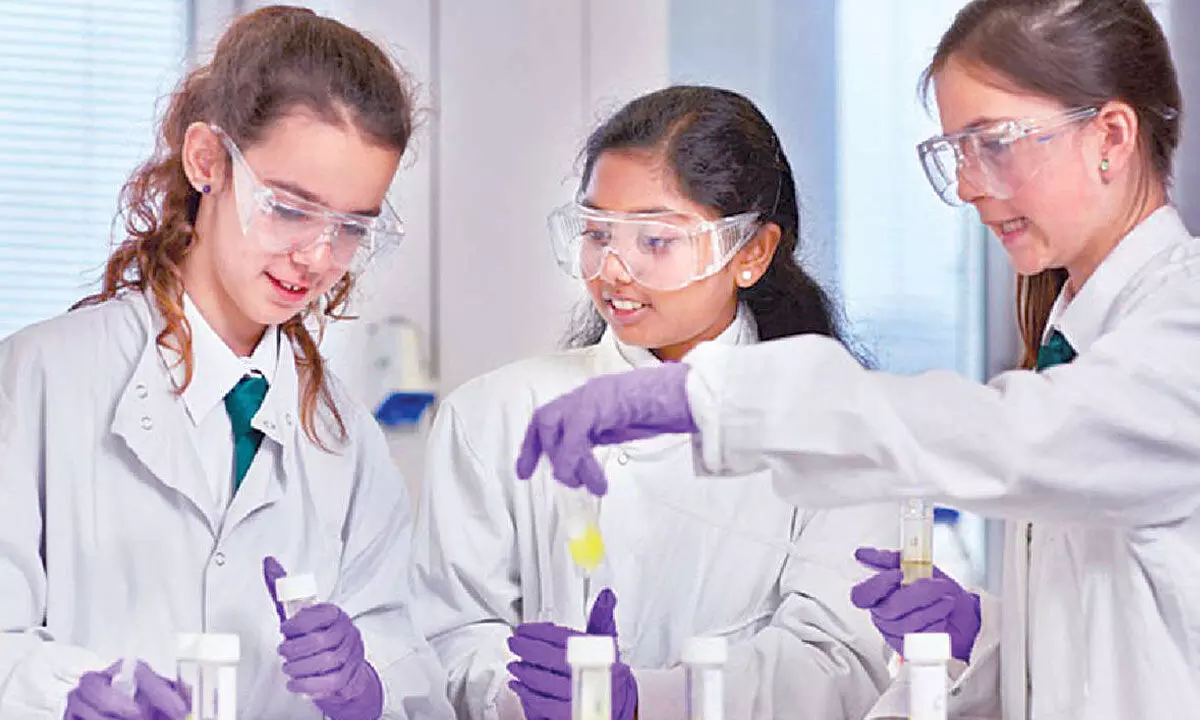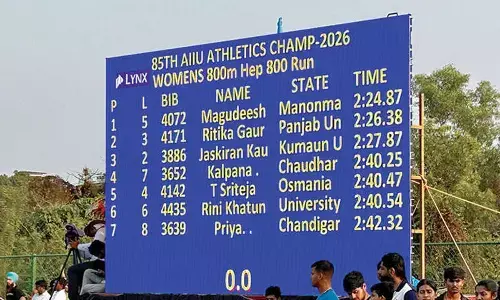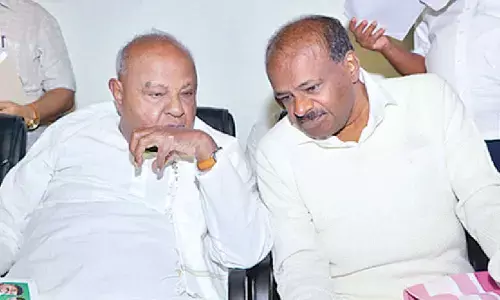Why tomorrow’s success depends on today’s innovation

There are 98.5 lakh students enrolled in STEM as of 2021-22. India is at the precipice of creating a formidable workforce capable of driving technological advancements and industrial expansion.
There are 98.5 lakh students enrolled in STEM as of 2021-22. India is at the precipice of creating a formidable workforce capable of driving technological advancements and industrial expansion. As India continues to innovate, from grassroots to global scales, it’s clear that nurturing a STEM-literate society is not just an educational goal but a national imperative for sustained industrial economic growth.
The Need to Uplift Tier II and Tier III
While the Tier I engineering institutions dominate headlines, it’s the graduates from Tier II and III colleges who form the backbone of India’s core engineering sectors. These students have the potential to become the architects of our industrial future. However, this potential is frequently undermined by a critical gap in their education: practical exposure.
The reality is stark—many Tier I graduates pivot to consultancy roles or business management, while their counterparts in lesser-known colleges are the ones driving technical innovation and industrial progress. Yet, without adequate practical experience, these students from Tier II and III institutions may find themselves at a disadvantage, struggling to translate theoretical knowledge into real-world solutions.
I recently visited a government engineering college in the rural part of Kerala. Students spent their lab hours scribbling notes in their lab notebooks missing out on practical hands-on work at the lab. Yet, five students from the same college just launched their first start-up with a hardware product. The divide between Tier I and Tier II/III students is not based on capabilities but accessibility of an encouraging ecosystem. These students were able to launch their start-up not because of their curriculum but despite the curriculum’s limitations through the help of LEAP, an initiative by IIT Madras Incubation Cell initiated by Prof Timothy Gonsalves, IIT Madras and the Founding Director of IIT Mandi. By bolstering practical learning opportunities in these colleges, we can empower a new generation of engineers who are not only well-versed in theory but also adept at applying it. This shift will ensure that India’s industrial growth is built on a foundation of skilled, innovative, and industry-ready engineers.
Makerspace Revolution
Innovation is a way of life, and nowhere is this idea embodied more than in maker spaces. Makerspaces are collaborative environments that allow curious problem solvers a playground to learn by doing and encouraging practical skills.
For engineering students in India’s Tier II and Tier III cities, the introduction of maker spaces can be revolutionary. They provide students with a safe space to experiment, fail, learn, and succeed. Here, learning is an active and dynamic process. However, the challenge is in adapting the model of academic maker spaces.
The models designed for Tier I institutions are not replicable in their Tier II/III counterparts due to a systemic lack of practical skill development affecting both students as well as faculty.
Makerspaces are hotbeds of innovation. To truly harness their power in Tier II/III colleges, we must first address these foundational gaps. We can ensure that all future engineers have equal access to the tools and experience that will shape them into innovators by integrating maker spaces with a project-based curriculum. The theoretical part of education then will go hand in hand with the practical application.
This synergy will empower students to tackle real-world problems with confidence and creativity, making them valuable assets in today’s fast-paced technological landscape.
Key Insight
India’s economy is rapidly evolving; we have aspirations of being an Atma Nirbhar people, of achieving Industry 4.0. Tomorrow’s industry success lies in today’s student innovations, especially from Tier II and III cities.
These regions are brimming with untapped potential and diverse perspectives that can drive grassroots change. To this end, maker spaces can democratize practical learning. By nurturing cognitive growth and providing hands-on learning experiences, we can empower a new generation of engineers who can address local challenges with global implications. Their fresh ideas and entrepreneurial spirit are essential to fueling sustainable growth and maintaining India’s competitive edge in the global market.
(The author is CEO, Maker Bhavan Foundation)

















